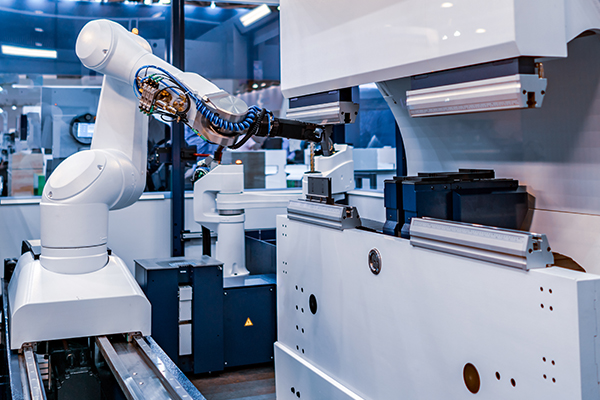Standard cylinder is a linear motion actuator widely used in the field of industrial automation. Its core function is to convert the energy contained in the compressed gas medium into a controllable linear mechanical force and displacement output along a fixed axis through the movement of the internal piston mechanism.
Such devices are usually composed of basic components such as cylinder barrel, piston, piston rod, and corresponding end caps and sealing structures. The difference in effective area of compressed gas acting on both sides of the piston is the basic physical principle that drives it to produce reciprocating linear motion. Its output characteristics are thrust or pull, and the accompanying stroke displacement.
The design of standard cylinders focuses on versatility, reliability and economy. Its structural form and interface size follow the generally recognized specifications of the industry, which enables them to be easily integrated into various mechanical equipment and pneumatic circuits. The core value of standard cylinders is that they provide a basic and efficient linear power solution, which is suitable for many industrial scenarios that require pushing, pulling, clamping, positioning or lifting, and is one of the key power units to achieve basic automation.


